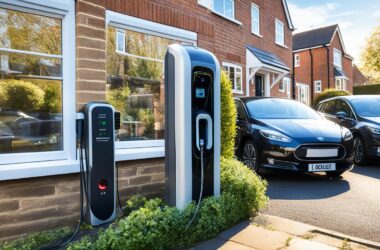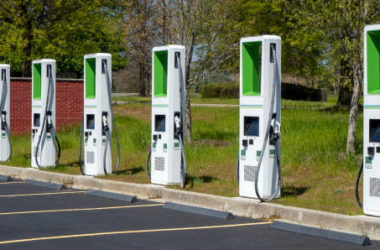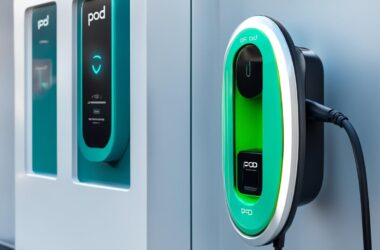Plug types UK – Introduction
While filling up a car with an internal combustion engine (ICE) is a straightforward task of choosing between gas and diesel pumps, the process becomes more intricate for drivers of electric vehicles (EVs). This complexity arises due to the evolving nature of the EV sector and the diverse range of charging speeds and power loads necessitating various EV plug types uk. Let’s delve into how to identify the right EV plug for the three main types of electric vehicles for Charging : plug-in hybrids (PHEVs), battery electric vehicles (BEVs), and cars using proprietary chargers.
The Evolution of EV Plug Types UK
As one traverses the globe, it becomes apparent that each continent, and sometimes each country, has its own unique plug to connect devices to the power grid. Similarly, the EV market lacks standardization due to historical factors and intentional proprietary solutions. Manufacturers developed vehicles before an internationally uniform charging infrastructure was established, resulting in varying plug types uk based on territory, power source, and vehicle type.

Understanding Different EV Plug Types
Type 1 – SAE J1772
In North America and Asia, where single-phase alternating current (AC) is prevalent, the standard for Level 1 and 2
is the Type 1 plug (SAE J1772). With a 5-pin configuration, it can draw power up to 19.2kW, making it the go-to choice for EV drivers in the USA.
Type 2 – Mennekes
In Europe, where triple-phase AC is the norm for Level 1 and 2 charging, the Mennekes plug (Type 2) is standard. With a 7-pin design allowing up to 43kW, it features an automatic locking mechanism for added safety.
CCS1 and CCS2
For DC in North America (CCS1) and Europe (CCS2), the Combined Charging System (CCS) plugs are used. These plugs, based on Type 1 and Type 2 respectively, accommodate charging speeds up to 350kW and support both AC and DC.
CHAdeMO
Developed in Japan, the CHAdeMO plug was one of the earliest fast-charging DC plug types. While initially offering up to 50kW, the second generation can deliver a staggering 400kW and supports bidirectional vehicle-to-grid (V2G).
GB/T
The GB/T plug is the standard in China, supporting both AC and DC with power outputs of 7.4kW and 237.5kW respectively.
Tesla Supercharger
Tesla’s proprietary plug accommodates various charging levels and is compatible with both AC and DC. While initially using a unique connector in North America, Tesla now uses CCS2 in Europe.
Open Protocols and Interoperability
In recent years, there has been a push for open protocols in the EV charging industry to establish standardized, interoperable charging infrastructure. This move aims to overcome one of the key frustrations for drivers and promotes EV adoption.
The Next Generation of EV Plugs
The Society of Automotive Engineers (SAE) International is advocating for wireless power transfer (WPT) charging solutions, offering three charging speeds. While still in the trial phase, wireless technology could become commonplace by 2025, with BMW being the sole manufacturer currently offering wireless charging capability in the US.
Choosing the Right Plug Type for Your Needs
Choosing the appropriate EV plug is akin to selecting between petrol and diesel, with the vehicle determining the required power level from the charger. In North America, Type 1 plugs suffice for Level 1 and 2 charging, while CCS1 is necessary for Level 3 fast charging. Tesla vehicles can utilize Tesla’s proprietary stations with an adapter.
Conclusion: Driving Towards a Greener Future
Navigating the world of EV plug types can be daunting, but understanding the evolution of standards and advancements in interoperability can simplify the process. By staying informed about different plug types and their capabilities, businesses and drivers can make informed decisions when it comes to EV charging infrastructure. Let’s drive together towards a greener future.
Read more articles : Efficiency
maximizing battery health










